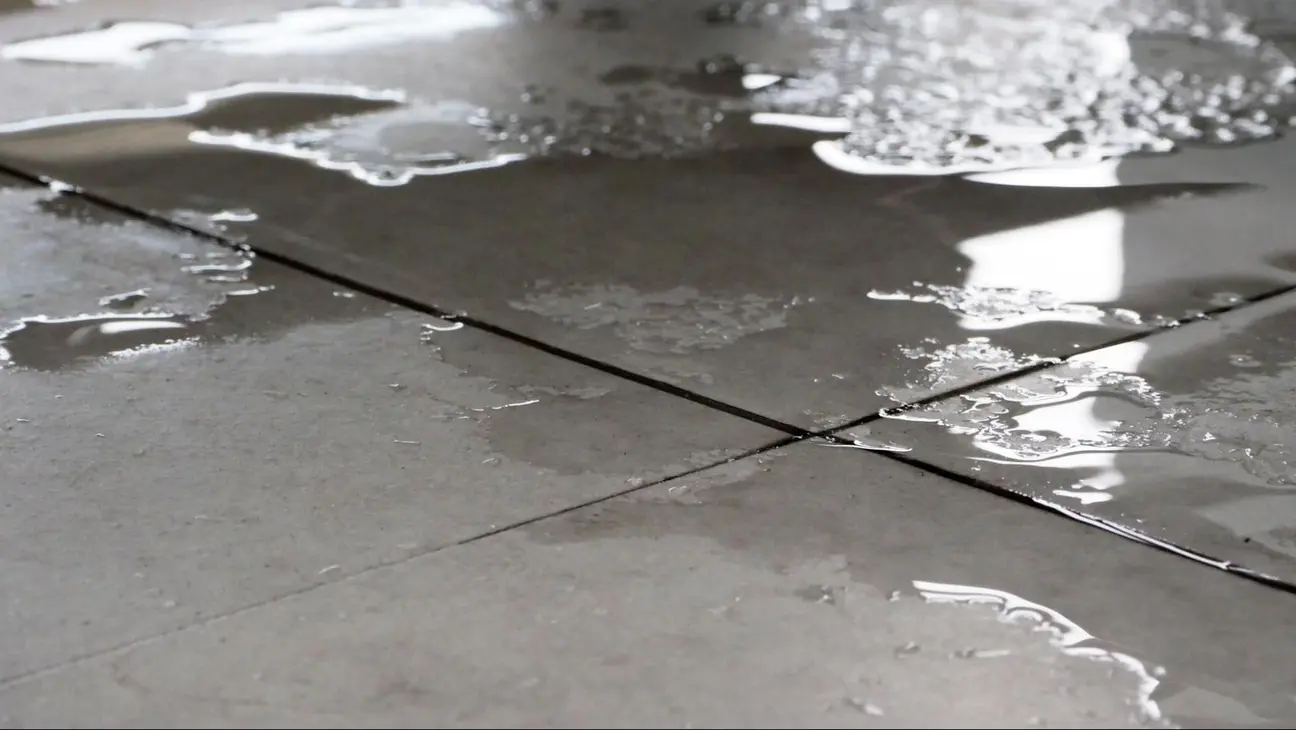
Slab leaks can cause serious issues in your home, leading to costly repairs and potential structural damage. Understanding how to identify and fix these leaks is essential for any homeowner. With the right knowledge, you can take action early to prevent extensive damage and costly repairs.
You might notice signs like unexplained puddles, a sudden increase in your water bill, or cracks in your walls. By recognizing these indicators early, you can assess the situation better and explore options for repair. This guide will cover everything you need to know about slab leaks, from identifying them to choosing the best repair methods for your home.
By following the insights provided here, you can tackle this issue confidently and ensure your home remains safe and sound.
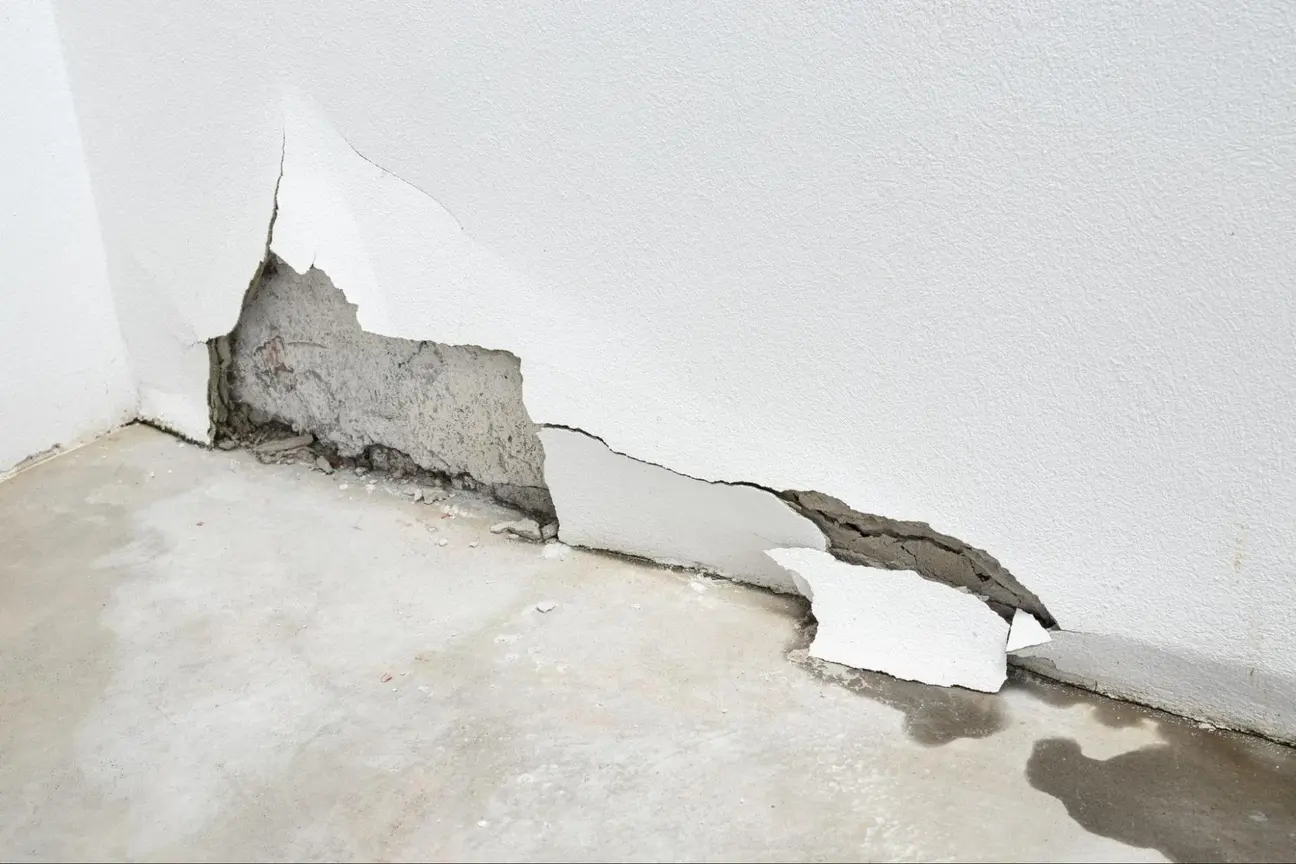
Recognizing slab leaks early can prevent extensive damage and costly repairs. You must be aware of the signs and understand what may cause these leaks.
You might notice several key indicators of a slab leak in your home. Here are some signs to watch for:
These signs can help you identify slab leaks early.
Understanding what causes slab leaks helps you take preventive measures. Here are common causes:
Being aware of these causes can help you take action to protect your home.
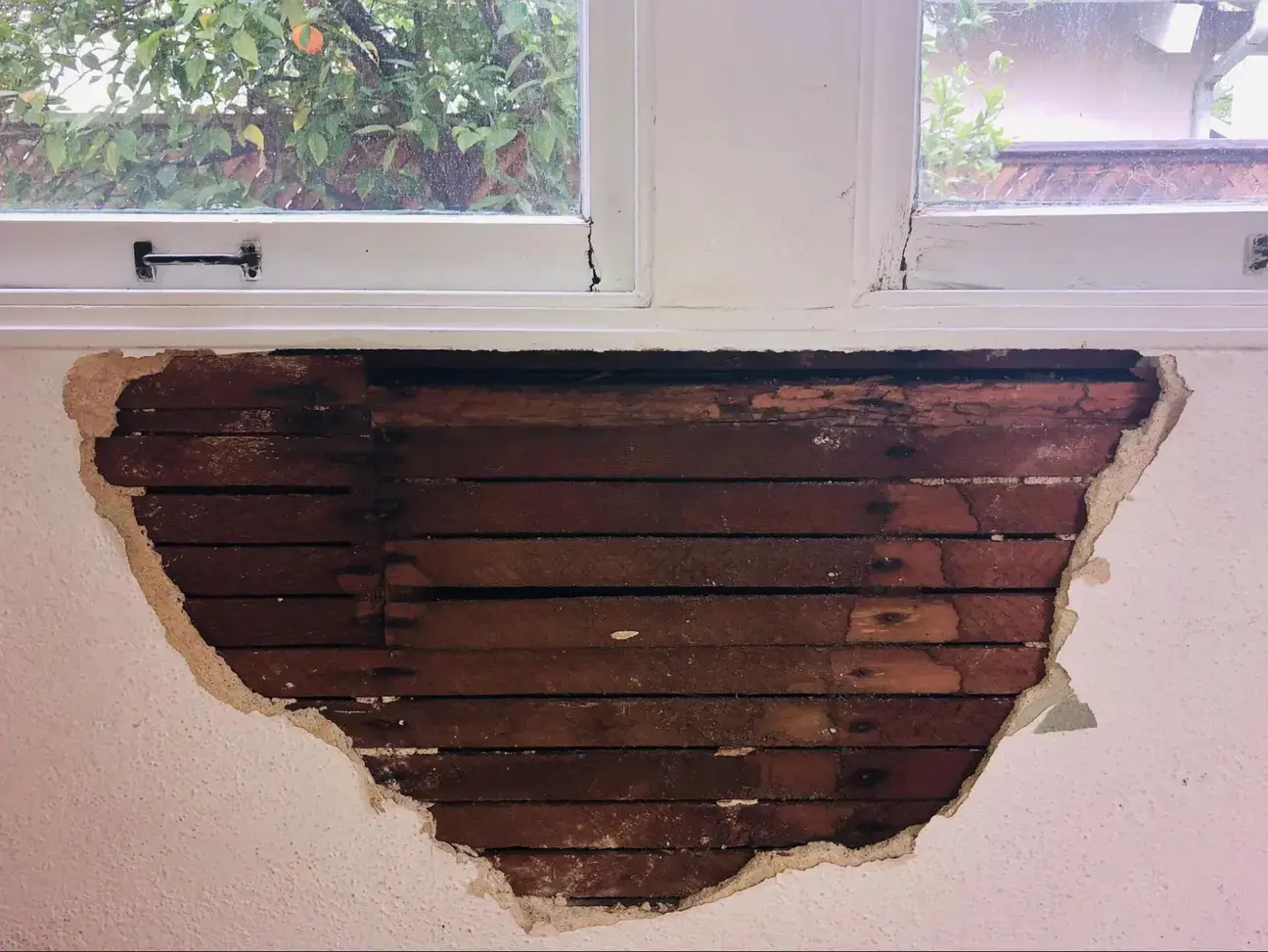
When dealing with a slab leak, properly assessing the damage is crucial. Understanding the extent of the damage can help you make informed decisions about repairs. Two main aspects to consider are evaluation techniques and professional inspection.
Start by checking your home for signs of a slab leak. Look for:
You can also use sound to your advantage. Listen for unusual sounds of running water when everything is off. Using a moisture meter can help identify areas with elevated moisture levels.
Document all findings. Take pictures and notes to keep track of any changes. This information will be valuable when discussing repairs with a professional.
Call a plumber for a professional inspection if your evaluation reveals possible leaks. They have specialized tools to detect leaks with precision. Look for services that offer:
A professional assessment will provide a clearer picture of the repairs needed. After inspection, they can give you detailed insights into the extent of the damage. This information is essential for planning your next steps and budgeting for repairs.
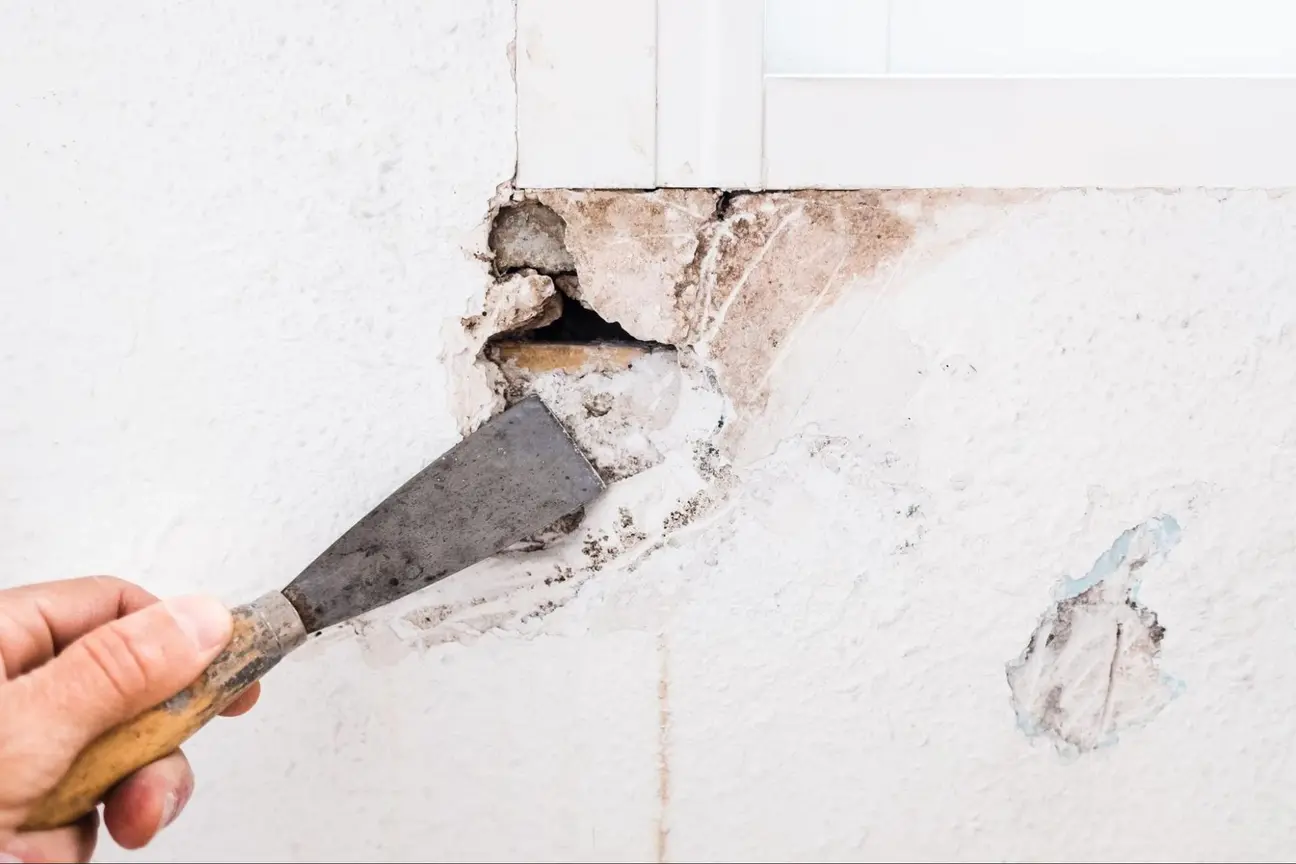
Knowing your repair options is essential when dealing with slab leaks. Different strategies suit various situations. Whether you opt for quick fixes or more permanent solutions, understanding each method can help protect your home.
Short-term solutions can minimize damage and costs for immediate relief from a slab leak. One common approach is to turn off the water supply to limit further flooding. This step helps prevent additional damage until repairs can be made.
Another option is using epoxy or sealants on small cracks. This method temporarily stops water flow but may not fix the root cause. It’s important to monitor the area closely.
Long-term solutions address the underlying cause of slab leaks and prevent future issues. Slab piercing is a technique that stabilizes your home’s foundation. It involves installing steel piers beneath the foundation, which can help lift and support areas where the soil has shifted.
Another effective method is repiping. This entails replacing old pipes with new ones. While this requires more investment, it ensures a reliable plumbing system and eliminates old pipe deterioration risks.
Consider trenching for areas with significant damage. This method involves digging a trench around the foundation to access and repair or replace affected pipes. Although invasive, it provides a thorough solution to the problem.
By choosing the right repair strategy, you can ensure your home remains safe from slab leak issues.
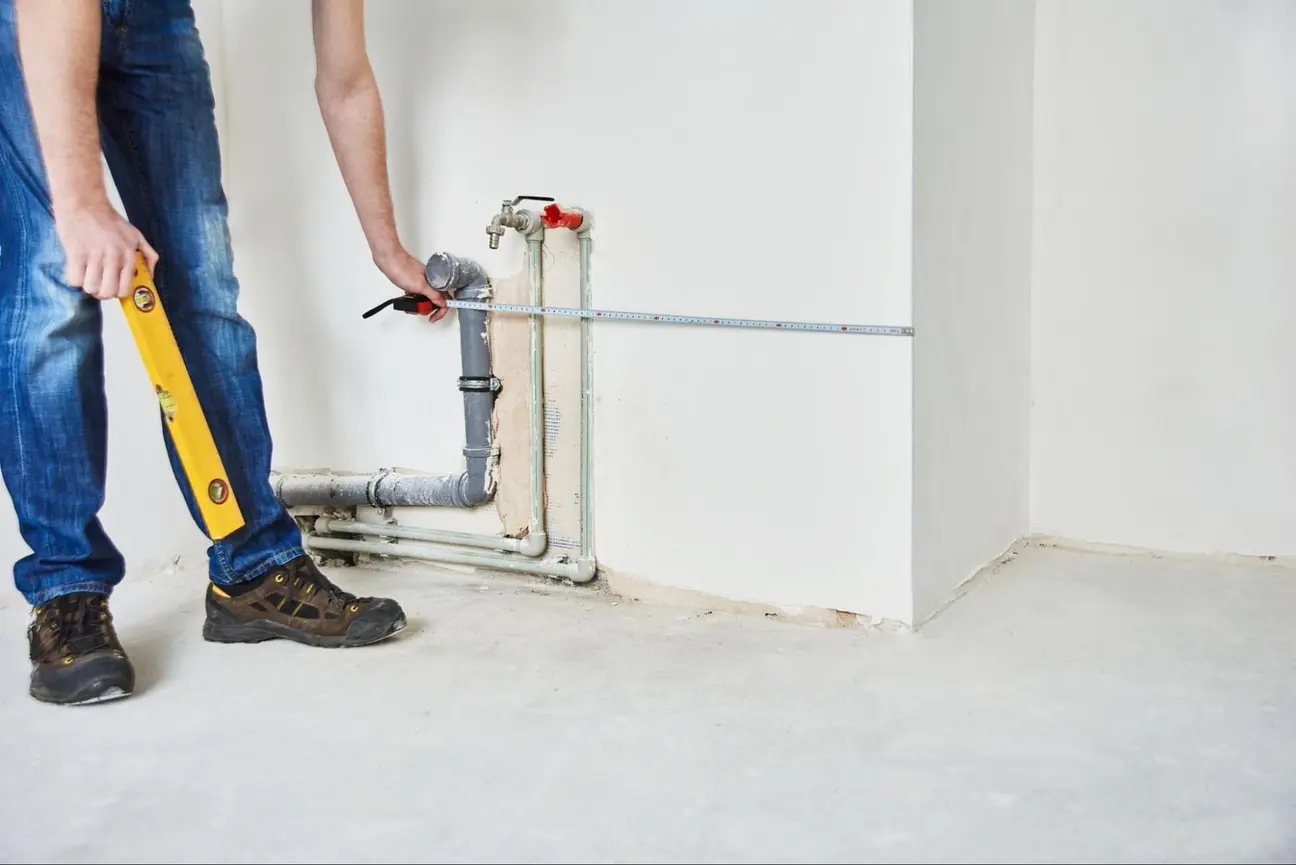
Preventing slab leaks is crucial for maintaining your home’s foundation and minimizing future repair costs. Regular maintenance and the use of modern technologies can catch potential issues before they escalate.
To prevent slab leaks, start by regularly inspecting your plumbing system. Look for signs of leaks, such as damp spots or water stains on floors.
Additionally, clean gutters regularly to avoid water pooling around the foundation. Monitoring your water pressure can also help. If it seems too high, consider consulting a plumber to prevent stress on your pipes.
Using technology can help detect slab leaks early. Many homeowners find these methods useful for safeguarding their properties.
Investing in these technologies helps you monitor your home more effectively.
You may notice several signs indicating a slab leak. Some common indicators include the sound of running water when no fixtures are in use, damp spots or water pooling on the floor, and increased water bills. Additionally, cracks in walls or floors can also signal a potential leak beneath the slab.
Several methods can help detect slab leaks. Professionals often use infrared cameras to spot temperature changes in the floor, indicating water presence. Acoustic listening devices can pick up the sound of water escaping from pipes. Additionally, moisture meters can measure concrete levels.
Yes, in some cases, repairs can be made without major excavation. Spot repairs involve accessing the leak directly and fixing it, which may not require extensive concrete removal. Another option is rerouting pipes, which can bypass the damaged area entirely.
To check for leaks, start by monitoring your water meter. A leak is likely present if it continues to run while all fixtures are off. You can also inspect visible pipes for signs of moisture or damage. Conducting a dye test in toilets can further help identify leaks in plumbing fixtures.